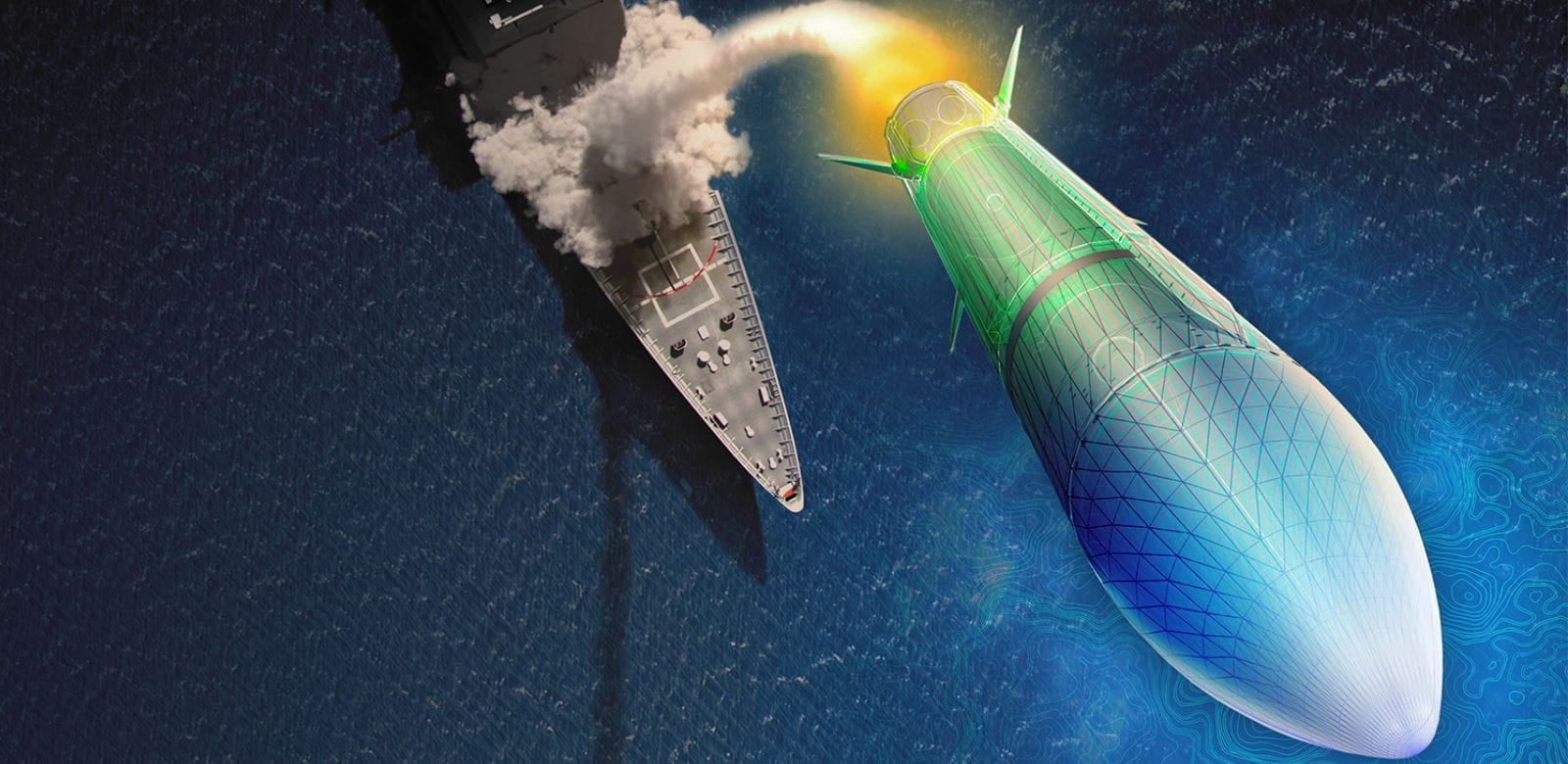The United States and Japan have officially signed a cooperative agreement to develop a hypersonic missile interceptor. This agreement, announced yesterday, marks a pivotal moment in the defense collaboration between the two nations, aiming to neutralize hypersonic threats by the 2030s.
The Glide Phase Interceptor (GPI) program, led by the U.S. Missile Defense Agency, is at the forefront of the new initiative, and Raytheon Technologies and Northrop Grumman are competing to design the interceptor.
Hypersonic weapons, capable of traveling at speeds exceeding Mach 5, pose a significant challenge to existing missile defense systems due to their high velocity and maneuverability. These weapons can evade traditional interceptors, making them a formidable threat. The GPI is designed to counter these threats during the glide phase, a critical stage where the missile travels unpowered and at high speeds through the atmosphere.
The glide phase is particularly challenging for interception because the missile can maneuver unpredictably, making it difficult to track and target. The GPI aims to address this by integrating advanced sensors and propulsion systems that can detect, track, and engage hypersonic missiles during this phase. The plan is to have these new interceptors launched from the U.S. Navy’s Aegis Ballistic Missile Defense-equipped destroyers, utilizing the standard vertical launching system and the modified Baseline 9 Aegis Weapon System to detect and track the hypersonic threats.
The agreement is an outgrowth of talks that began last year, with both nations recognizing the urgent need to enhance their missile defense capabilities. The discussions culminated in the signing of the cooperative development agreement, which falls under the U.S.-Japan bilateral Memorandum of Understanding for Research, Development, Test, and Evaluation projects.
This agreement builds on the successful U.S.-Japan collaboration on the SM-3 Block IIA program, which has significantly enhanced the missile defense capabilities of both countries.
“Russia and China are making a lot of headway; they might be slightly ahead of us. But we’re spending $4 billion a year to catch up in offensive hypersonics,” Mark Montgomery, a defense expert at the Foundation for Defense of Democracies, told Defense News last year.
Vice Adm. Jon Hill, who leads the Missile Defense Agency, highlighted the importance of this partnership, stating that the GPI program is one of the agency’s top priorities. The collaboration aims to leverage Japan’s expertise in developing rocket motors and propulsion components, while the U.S. focuses on the overall system integration and testing. This division of labor is expected to expedite the development process and ensure the timely deployment of the interceptors.
The urgency of developing hypersonic interceptors has been underscored by recent legislative actions in the United States. The fiscal 2024 National Defense Authorization Act mandates the MDA to achieve initial operational capability for the GPI by the end of 2029, with full operational capability by 2032. This includes the deployment of at least 12 GPIs by 2029 and 24 by 2040. To support this accelerated timeline, Congress has authorized an additional $225 million in funding beyond the agency’s FY24 request of $209 million for hypersonic defense development efforts. The additional funding and legislative mandates reflect the U.S. commitment to staying ahead in the arms race and ensuring the effectiveness of its missile defense systems.
“GPI will deliver a regional defensive capability over time as part of a holistic layered defensive architecture,” a press release from the Department of Defense stated. “The GPI co-development will build upon long-standing U.S.-Japan missile defense cooperation and strengthen the Alliance deterrence posture.”
Though the GPI program is still in its early stages, the collaborative efforts and the expertise of both nations are expected to accelerate the development process. Moreover, the fact that these new interceptors will integrate into the Aegis Ballistic Missile Defense system will provide a comprehensive defense solution capable of countering a wide range of missile threats.
“In recent years, missile-related technologies such as hypersonic weapons have been dramatically improved and significantly enhanced in terms of both quality and quantity in the vicinity of Japan,” the Japanese ministry stated. “Strengthening interception capabilities against these missiles is an urgent issue.”
MJ Banias covers space, security, and technology with The Debrief. You can email him at mj@thedebrief.org or follow him on Twitter @mjbanias.

